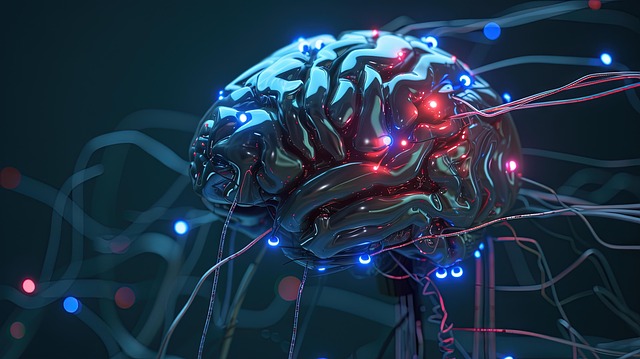What Is Generative AI?

Generative AI is a type of artificial intelligence that creates new content. This content can be text, images, music, video or even code. It does not just follow fixed rules. It learns patterns from data and then produces something new.
Let’s take a closer look at what this means and how it works.
What Does Generative AI Do?
Most AI systems respond to input with fixed outputs. For example, a spam filter sorts messages into spam or not spam. A translation tool changes text from one language to another.
Generative AI goes a step further. It creates original content. If you give it a prompt like write a short story about space it can write one from scratch. If you say draw a cat in a spacesuit it can generate a new image that fits.
This kind of AI does not just reuse what it saw. It blends what it learned to create something that feels new.
How Generative AI Works
Generative AI models are trained on large sets of data. That might be books, photos, code or sound files. They learn patterns, styles and relationships in the data.
Once trained the model can predict what comes next based on a prompt. For example in a text model if you type “The sky was” the system might continue with “clear and blue” based on what it learned from millions of sentences.
Some of the most common types of generative AI include:
- Language models like ChatGPT which generate text
- Image models like DALL·E or Midjourney which create pictures
- Audio models that make music or voice
- Code models that help write software
Real-World Uses of Generative AI
Generative AI is already being used in many areas:
- Writers use it to draft blogs or scripts
- Designers use it to make images or logos
- Developers use it to write or fix code
- Students use it to summarize books or explain topics
- Businesses use it to make chatbots or marketing content
In short it helps people work faster by giving them a first draft or fresh idea.
Why It Matters
Generative AI can save time. It can boost creativity. It can help people who are not experts create good content.
But it also brings new questions. If AI can make art who owns it? If AI writes news who checks it for truth? If students use AI to write essays what does that mean for learning?
These are real issues that schools companies and governments are now thinking about.
Is Generative AI Perfect?
No system is perfect. Generative AI can make mistakes. It might mix up facts or create biased content. It does not truly understand the meaning behind what it makes. It just predicts based on patterns.
That’s why users need to review what AI creates. Human judgment still matters.
What’s Next for Generative AI?
Generative AI is growing fast. New tools come out often. Some systems now mix text image and voice in one model. Others can take video and add sound or subtitles.
In the future generative AI may help more with planning tasks or building tools. But progress also means we need stronger rules on safety copyright and fairness.
Final Thoughts
Generative AI is a tool that can create content in many forms. It learns from data and makes things that seem original. It is useful for writers artists developers and many others.
But like any tool it must be used with care. It can help you start a task but you still need to guide it.
If you want to use generative AI start with small steps. Try writing a prompt. Try editing the result. Keep learning how it works.
Generative AI is not just about machines making things. It is about people using new tools to think and create in new ways.
